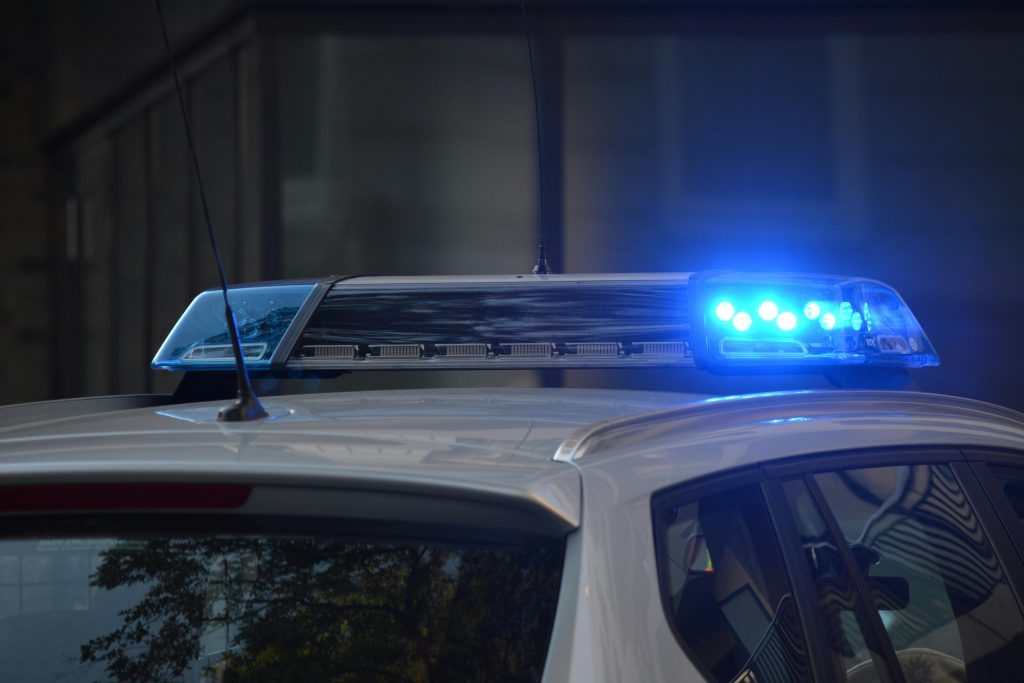 Emergency responders have a critical job, often requiring them to speed and navigate through traffic to reach those in need. But what happens when those actions result in an accident? Who’s at fault when an officer responding to an emergency collides with another vehicle? A recent Louisiana Court of Appeal case, Karonda Washington v. OneBeacon America Insurance Company, et al., sheds light on these complex issues.
Emergency responders have a critical job, often requiring them to speed and navigate through traffic to reach those in need. But what happens when those actions result in an accident? Who’s at fault when an officer responding to an emergency collides with another vehicle? A recent Louisiana Court of Appeal case, Karonda Washington v. OneBeacon America Insurance Company, et al., sheds light on these complex issues.
The Collision
Late one night in Baton Rouge, Karonda Washington was a passenger in a car driven by her daughter, Shankeyshia Jones. Two sheriff’s deputies, Brad Manuel and Tyler Comeaux, were rushing to a disturbance call with their lights and sirens activated. Jones moved her vehicle into the left lane to make a turn, and Deputy Manuel stopped behind her. As Deputy Comeaux attempted to pass, he rear-ended Manuel’s cruiser, pushing it into Jones’ vehicle and injuring Washington.
Washington sued the deputies, the sheriff, and their insurers. The trial court found Deputy Comeaux solely at fault, citing his high speed and impaired visibility due to the blue lights on Deputy Manuel’s vehicle.
The Appeal and Fault Allocation
The defendants appealed, arguing that Deputy Comeaux was immune from liability because he was responding to an emergency. They also contended that Jones was at fault for failing to yield the right of way to the emergency vehicles. The Court of Appeal acknowledged that Deputy Comeaux was responding to an emergency, but upheld the trial court’s finding that he was grossly negligent. However, the Court of Appeal also found that Jones was comparatively negligent for moving into the left lane in front of the approaching emergency vehicles, a violation of Louisiana traffic law. Ultimately, the court apportioned 75% of the fault to Deputy Comeaux and 25% to Jones.
Key Takeaways:
This case demonstrates the complexities of determining fault in accidents involving emergency vehicles. While responders have certain privileges when answering emergency calls, they still have a duty to operate their vehicles with due regard for the safety of others. It also highlights the importance for all drivers to yield the right of way to emergency vehicles and follow traffic laws, even in challenging situations.
The ruling serves as a reminder that even in emergencies, responsible driving is crucial. It also emphasizes that fault can be shared, even when emergency responders are involved.
Written by Berniard Law Firm
Other Berniard Law Firm Blog Articles on Emergency Response Cases: Can a Train be Held Liable for the Delay in Emergency Services? and Emergency Medical Technician Not Liable When Following Proper Protocols During Medical Emergencies
 Louisiana Personal Injury Lawyer Blog
Louisiana Personal Injury Lawyer Blog

